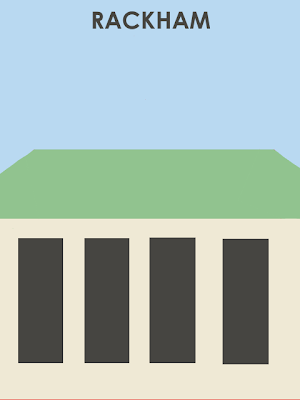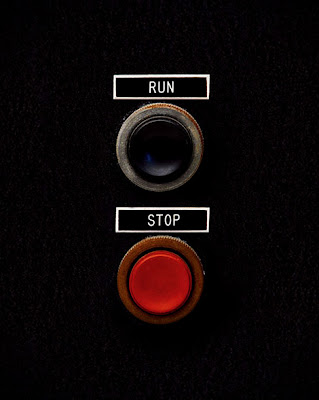m y :. p e o p l e
The photos that ensue are a compilation of people I love, things I know, events I attend and instances I capture. They are the result of smiling, squatting, snuggling, and snapping. These are, in their best-represented form, my people.
[[ please click on each picture to make it larger - it greatly enhances the experience]]
My people are creators. They are activists, artists, historians, environmentalists, critics and more, but above all, they create. From stir-fry dinners to activist campaigns, from dish-washing procedures to engaging events, from kitchen dance-offs to trips around the world, they will be creating the spaces in between and the ends at which they meet. Their most redeeming quality is their warmth; their love and their affection, their radiance and strength. In knowing all this, in representing them in the light they deserve, I give you their spirit.
One of the most important things I decided about this project was that I wanted to make it warm. Upon hearing the prompt, I knew that I wanted to take pictures of the people most important to me, because they are, indeed, mypeople. The second important aspect of my project is the bedroom. What is a better way to represent and express yourself than through your room? Room arrangements and designs are the most important, communicative and raw expressions of individuality. Rooms are where we spend some of the most important time in the world – sleeping. In capturing my people in their most uninhibited states, I was able to show these feelings and hopefully communicate with the audience an inside look at my people.
I loved taking pictures of the various people you see. I tried to have no overhead lighting in any of my shots. I wanted each photo to have warm reds, oranges and yellows, because I felt that represented the theme very well. For this reason, I only wanted small desktop lights to light the rooms of my housemates (my people, if you will). It ended up working pretty well, and every shot (with the right adjustments) turned out just about how I wanted it. Taking the pictures wasn’t exactly the hard part. After learning about the rule of thirds in class, as well as negative space and composition choices like conflict within a frame, I felt I was pretty prepared to take on the challenge of capturing “my people”.
The hard part for me was editing my photos. Nothing drastic, as you can see – just some stylistic choices like contrast change, de-saturation, and grayscale. I wanted my photos to seem soft, almost used and old. For this, I lowered the contrast. This made the darks fade to a lighter, more gray color, which added a softness to the photo without completely changing the color scheme of each photo.
I also wanted my colors to seem palette-like. Quick sidetrack, but I love Wes Anderson movies. My favorite thing about his movies is his color choice. Colors are pale but persistent, exuberant but mellow. These poppy colors are some of my favorite things in movies, and I tried hard to have this same, palette-like sense to my pictures. I wanted these smooth colors to reflect the warmth within my people.
This photography project taught me so much. I loved taking pictures of people I know and capturing what they mean to me through photographs. Capturing, composing and editing pictures is something I’ve always loved to do. Most of all, I’m glad this class has been such a great creative output. Even beyond that, this class as a whole has helped me express my interest in digital art, as well as explore the various fields of digital storytelling. This photography project, probably one of my favorites so far, is an excellent way to sign off. Until next time, UMDSt.












